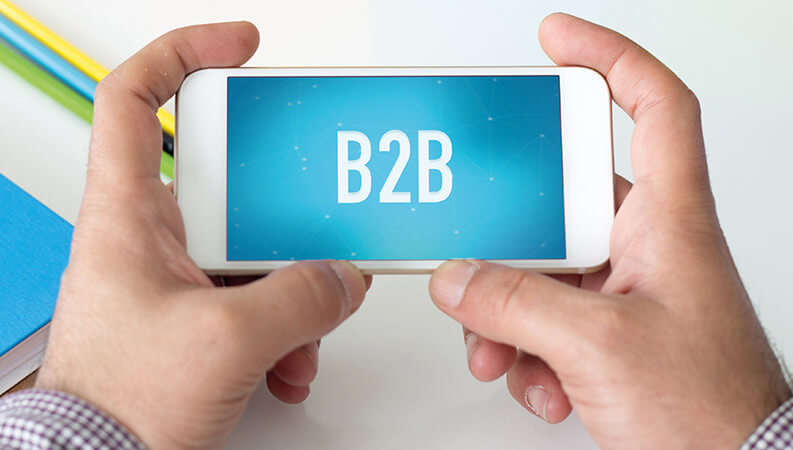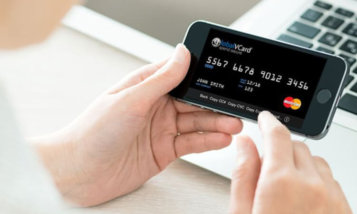Safety in a Mobile Payment Era: 4 Things You Should Know Before Using B2B Payments
Businesses are gradually moving away from paper checks toward more electronic forms of payment. While many use services like Automated Clearinghouse (ACH), that payment type comes with its own unique challenges, especially for B2B payments. When businesses look for an easy way to pay their various vendors or service providers, mobile payments can be a better alternative for a quick, easy solution.
If your business is considering using mobile payments to pay bills, there are some things to consider. Whether you’re currently using paper-based processes or credit cards, here are a few things to keep in mind before you officially make the transition.
Use a Trusted Provider
Obviously, security is the top reason to use a trusted provider for any mobile payments you make. Not only will a solution that has been on the market for a while have developed trusted security procedures, but you’ll know when you download the app, it won’t contain malware. However, another reason to go with a trusted provider is that your business partners are more likely to be willing to sign up, as well. A service like PayPal or Apple Pay may get a warmer response than an obscure payment app. Since your vendor or provider will likely need to sign up for the service to cash out the payment, it helps if they already have an account. Trusted providers often have more options, as well, including card readers that you can use for those occasions where you have a client or provider who wants to pay by credit card.
Overdraft Protection May Not Apply
If you’ve linked your mobile payment account to your debit card or checking account, you should be aware that the overdraft protection you have in place might not kick in. If you rely on that protection, you may have become less mindful of your account balances. Some banking apps let you set up text alerts when your account balance reaches a certain level. If you’ll be using a mobile wallet for payments, it may be worth the extra time it takes to set up those warnings. At the very least, you may find that you’ll need to be more mindful of your account balance than you have been in the past.
Devices Must Be Secured
If you haven’t locked your mobile devices with a passcode, once you have a mobile wallet app, it becomes a necessity. If your phone is lost or stolen, anyone who recovers it could be able to tap into your mobile wallet and send a payment to themselves or others. You should also be mindful when using public Wi-Fi networks, since hackers can infiltrate your phone and gather financial data from your apps and websites. If your payment apps provide the option of password protection, take advantage of it to enjoy an additional layer of protection.
The Tech Is Still New
One thing business owners should be all too aware of as they begin to embrace mobile payments is that they’re still on the forefront of the technology. The problem with being ahead of the adoption curve is that many businesses may be reluctant to either pay or accept payments this way. If you’re concerned about losing a vendor over it, it may be worth using traditional payment methods for a few of your clients. Eventually you may find you’re able to gradually migrate everyone to the new way of paying.
Mobile payments are a great way to both send and receive B2B payments. It saves time and processing costs, while also showing your business partners that you’re innovative in your approach to doing business. As mobile payments become more popular, businesses that already process payments that way will find they’re well versed in the technology and ready to tackle whatever new challenges arise.



